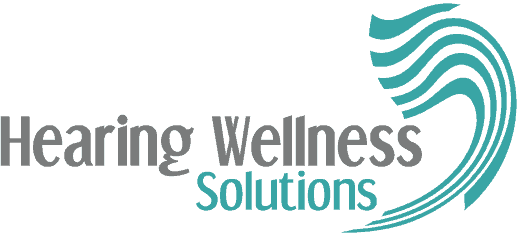It is important to know about the various laws that protect people with hearing loss. Several laws support people navigating a range of environments safely and comfortably. This allows people with impaired hearing – over 48 million people – to move through public settings with greater ease.
Knowing your rights increases accessibility and benefits your hearing health. There is a wide range of technologies, resources, and services that are available to meet your hearing needs. In a world of technology that is always changing and advancing, it is useful to know about the rights that are here to protect and support you.
- Americans with Disabilities Act (ADA): passed in 1990, the ADA is one of the most important pieces of civil rights legislation that protects people with hearing loss. The ADA provides three important rights and requirements:
- Prohibits discrimination – by public government entities and privately owned places that are public – based on disability. Disability by the ADA is defined as an impairment that affects life’s major activities which includes hearing loss.
- Requires employers to provide workplace accommodations to employees with disabilities. Workplace accommodations can include hearing technologies like hearing aid-compatible phones, making adjustments to the workspace, providing hearing protection, etc.
- Requires public spaces to be accessible and provide assistive listening systems (hearing loops, wheelchair raptors, etc.). Public spaces include environments where “audible communication is used to provide direction or critical information”. This includes places like banks, auditoriums, theaters, etc.
The ADA is a significant law that provides protections and accommodations in a range of
settings.
- Hearing Aid Compatibility Act (HAC): passed in 1988, the HAC requires that all telephones, including cell phones, be compatible with hearing aids. This law required the Federal Communications Commission (FCC) to ensure that landline and wireless phones are available and compatible with people with hearing loss. This meant that phones have to offer sufficient volume levels, must not interfere with hearing aids or cochlear implants, and work with telecoil features on hearing aids.
- 21st Century Communications and Video Accessibility Act (CVAA): the advancement of technologies and devices required telecommunication standards to be updated. The CVAA was passed in 2010 and outlines updates and requirements for modern technology, platforms, and digital tools. This includes text messaging, email, instant messaging, and video call services. A few important requirements outlined by the CVAA include:
- Electronic devices that are 13 inches and smaller (tablets, laptops, cell phones, etc.) must provide closed-captioned services.
- Devices that are used to record shows (DVR for example) must also provide closed-captioned services.
- Communication platforms and digital tools (email, instant messaging, etc.) must be accessible to people with disabilities.
Another useful update to know about was passed in 2012. The FCC required all TV
programs with closed captions must include this when published online.
- Air Carriers Access Act (ACAA): passed in 1986, the ACAA provides rights and resources when it comes to air travel. This law prohibits airlines from discriminating against passengers based on disability. It also requires all airlines – including international airlines flying into the United States – to provide accommodations for people with hearing loss. Accommodations include the following:
- Airport screens and televisions must be captioned. Screens on airplanes must also provide captioned services.
- Safety assistants should be available and provided if requested by a passenger with disabilities.
- Service animals are permitted for people with disabilities.
- Making reservations and receiving information about one’s travel should also be accessible for people with hearing loss. A common way this is met is by offering text messages or email alerts about flight information.
As technology and the world we live in continue to rapidly change, these laws are updated and referenced to increase accessibility. An example of this is Zoom, an online platform for video meetings that became widely used during the pandemic. This platform, which also became integral to work and work meetings, charged more for closed-captioned services. They were eventually sued, citing ADA violations and the company then made it possible to sign up for free live captioning on video calls.
Knowing about your rights is empowering. You are entitled to protections and resources that help make spaces more accessible. Contact us to learn more about the technologies you can maximize as you navigate everyday life and the workplace with hearing loss!


